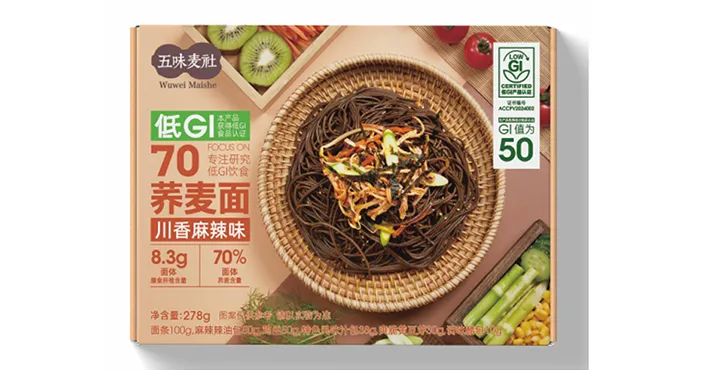udon soba noodles difference
Understanding the Differences Between Udon and Soba Noodles
Noodles play a significant role in Japanese cuisine, and amongst the myriad varieties, two of the most popular types are udon and soba. While both are beloved staples in Japan and have gained international popularity, they differ significantly in ingredients, texture, taste, and typical uses. This article will delve into the distinctions between udon and soba, helping you appreciate each noodle’s unique characteristics and culinary applications.
Ingredients
One of the primary differences between udon and soba lies in their ingredients. Udon noodles are made from wheat flour, salt, and water. This simple combination produces thick, chewy noodles that are versatile and can absorb a variety of flavors, making them ideal for soups and stir-fries.
On the other hand, soba noodles are traditionally made from buckwheat flour, which gives them a distinctive nutty flavor and darker color. While some soba noodles may use a blend of buckwheat and wheat flour, a high percentage of pure buckwheat is usually preferred by purists. This difference in base ingredients is essential, as it significantly influences each noodle’s flavor profile and texture.
Texture and Appearance
In terms of texture, udon noodles are thick and chewy. Typically, they are about 1/4 inch in diameter and have a smooth surface. This thickness allows them to hold their shape well in dishes and gives them a satisfying bite when eaten.
Soba noodles, on the other hand, are much thinner, usually around 1/8 inch wide, and have a slightly rough texture due to the buckwheat flour. This roughness not only helps the sauce or broth adhere to the noodles but also contributes to a more delicate mouthfeel.
Visually, udon noodles are pale and almost white, while soba noodles are brownish-gray. This difference in color further enhances the visual variety in dishes where these noodles are used, making them attractive when served.
Flavor Profile
udon soba noodles difference

The flavor profile of udon and soba noodles is another area of distinction. Udon noodles have a mild, neutral taste, which allows them to readily take on the flavors of accompanying ingredients, be it in a broth or a sauce. This characteristic makes them incredibly adaptable for various dishes, from noodle soups like udon curry to stir-fried dishes.
Conversely, soba noodles have a pronounced, nutty flavor attributed to the buckwheat. This unique taste can stand out prominently in dishes, making soba a popular choice in salads and cold noodle preparations. The nuttiness of soba noodles is often highlighted with dipping sauces or salads, where their flavor can shine without being overshadowed.
Culinary Uses
Both udon and soba noodles are used in various traditional Japanese dishes, but their applications often differ. Udon is frequently found in hearty soups such as “kitsune udon” (udon with fried tofu) or “yaki udon” (stir-fried udon), where their thick texture and ability to soak up liquids enhance the overall dish.
Soba, on the other hand, is popular as a cold dish, especially during hot summer months. One common preparation is “zaru soba,” where the soba noodles are served chilled with a dipping sauce, making it a refreshing option. Soba can also be served in hot broth, sometimes incorporating seasonal vegetables and proteins, showcasing its versatility.
Nutritional Aspects
From a nutritional standpoint, soba noodles tend to be lower in calories and higher in protein compared to udon, making them a more health-conscious choice for some diners. Buckwheat is also gluten-free, which is advantageous for those with gluten sensitivities (though it’s essential to check if the soba is made purely with buckwheat and not mixed with wheat flour).
Conclusion
In conclusion, while both udon and soba noodles are integral components of Japanese cuisine, they offer distinctly different experiences in terms of flavor, texture, and use. Udon shines with its thick, chewy nature and adaptability in rich soups, while soba provides a delightful nutty taste and versatile options, including refreshing cold dishes. Understanding these differences can help you appreciate each noodle type and explore the vast world of Japanese cooking more fully. Whether you prefer the hearty comfort of udon or the sophisticated charm of soba, both noodles promise to deliver delicious and satisfying meals.
-
Is Whole Wheat Pasta Healthy?NewsMay.30,2025
-
Are Soba Noodles Good for Weight Loss?NewsMay.30,2025
-
Are Buckwheat Soba Noodles Healthy?NewsMay.30,2025
-
Are Buckwheat Soba Noodles Gluten Free?NewsMay.30,2025
-
Are Buckwheat Noodles Good for You?NewsMay.30,2025
-
A Healthy Way to Savor Soba and Spicy FlavorsNewsMay.30,2025
-
What Are Lanzhou Noodles?NewsMay.30,2025
Browse qua the following product new the we

















































































































